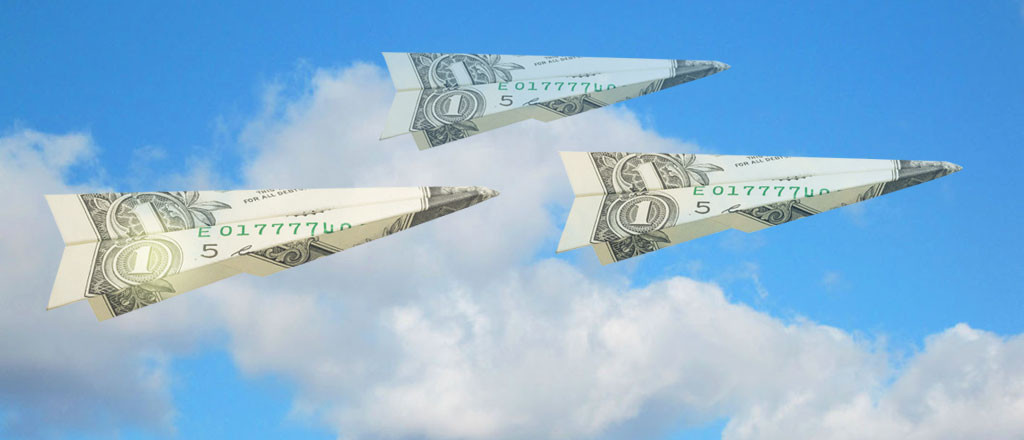RIO DE JANEIRO, BRAZIL – In a year marked by strong exchange rate volatility, the outflow of dollars from the Brazilian economy exceeded its inflow by US$44.77 (R$180) billion in 2019, the Central Bank (BC) announced on Wednesday, January 8th. This is the largest net foreign exchange withdrawal since the start of the historical series in 1982.
The previous record for net withdrawals had been recorded in 1999 when foreign exchange flow – the difference between dollar inflows and outflows – had turned negative at US$16.18 billion.

That year, Brazil had abandoned the exchange rate band policy and allowed the dollar to float freely when its quotation exceeded the R$2 barrier for the first time.
Monetary and financial relations between residents and non-residents are measured by the balance of payments, released at the end of each month by the Central Bank. The exchange flow, however, works as a preview of the numbers, when accounting for advances on exchange contracts and anticipated payments.
The exchange flow is composed of two parts: the trade flow, which measures the closing of exchange for exports and imports, and the financial flow, which measures investments in companies, loans, and transactions in the financial market. Data from the Central Bank show that last year the dollar leak occurred in the financial channel.
In 2019, the trade flow was positive at US$17.47 billion. The financial flow, however, recorded net outflows of US$62.24 billion. In the stock market alone, withdrawal by foreign investors reached US$44.5 billion last year, the highest since the beginning of the B3 historical series in 2004.
Over the second half of last year, the dollar rose and pulled up to R$4.26 at the end of November. The rate, however, lowered in December until closing 2019 with a 3.6 percent increase. Despite the flight of foreign investors, the exchange attracted more Brazilian investors, closing 2019 with a rise of 31.5 percent.
Several factors contributed to the currency’s turbulence last year. Internationally, trade tensions between the United States and China; political instability in several South American countries and interest rate increases by the Federal Reserve (US Central Bank) boosted the dollar’s rise.
In Brazil, the lowering of the SELIC rate (basic interest rate of the economy) to 4.5 percent per year reduced the inflow of dollars into the country, but the approval of the Social Welfare reform at the end of last year caused temporary relief in the exchange rate.

